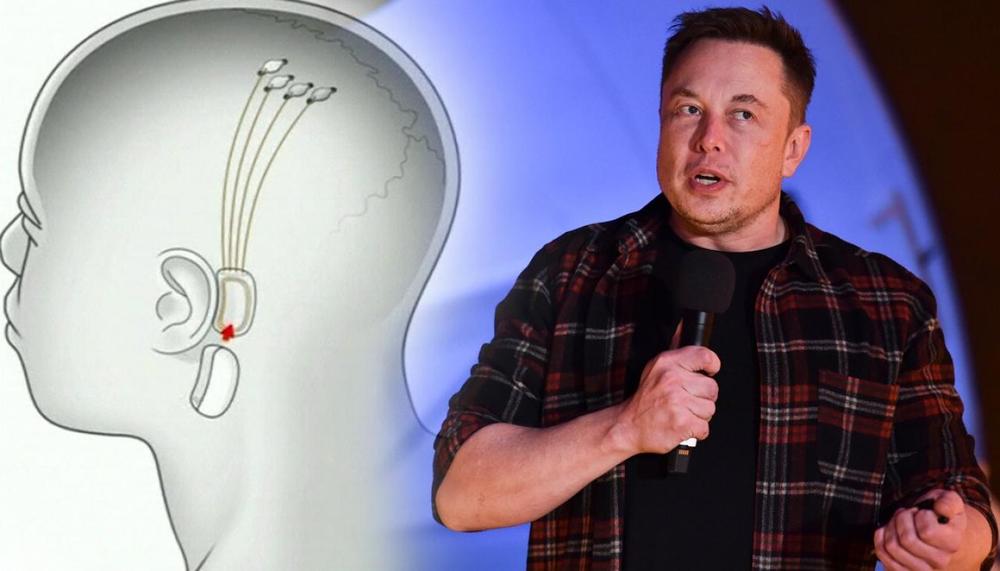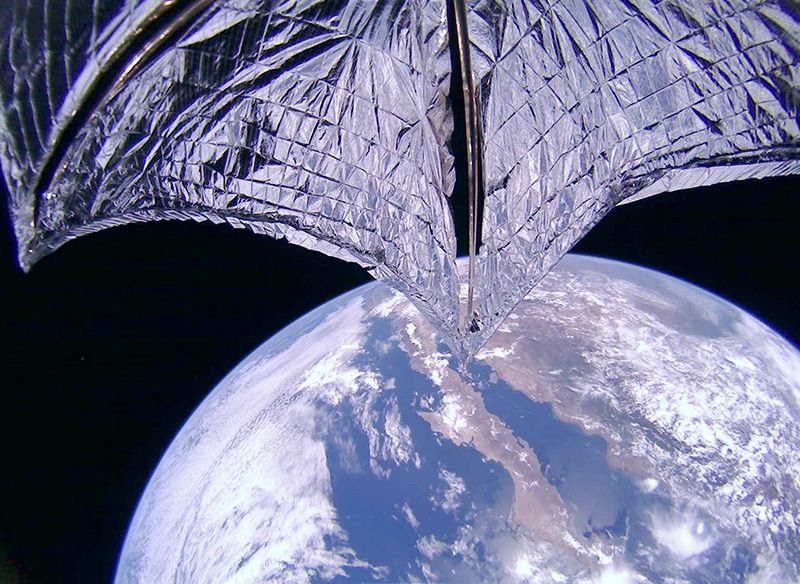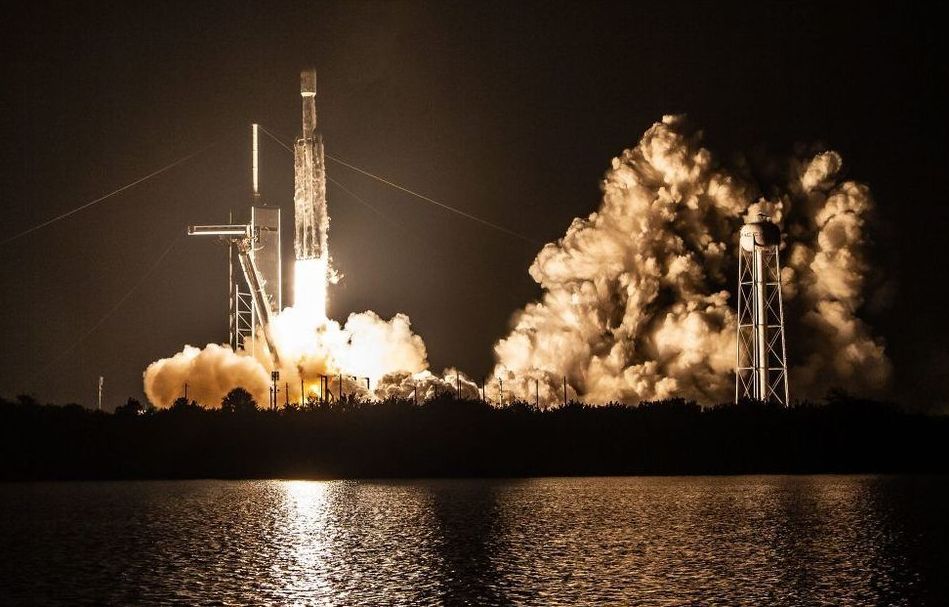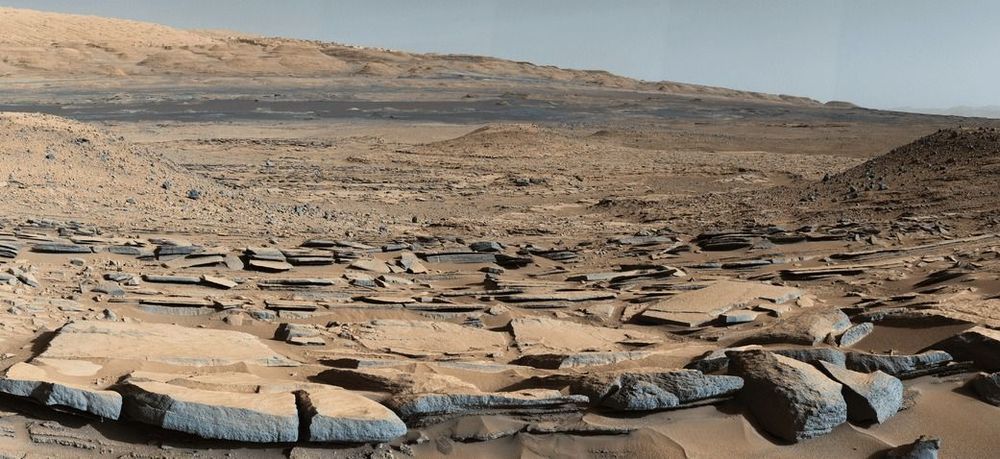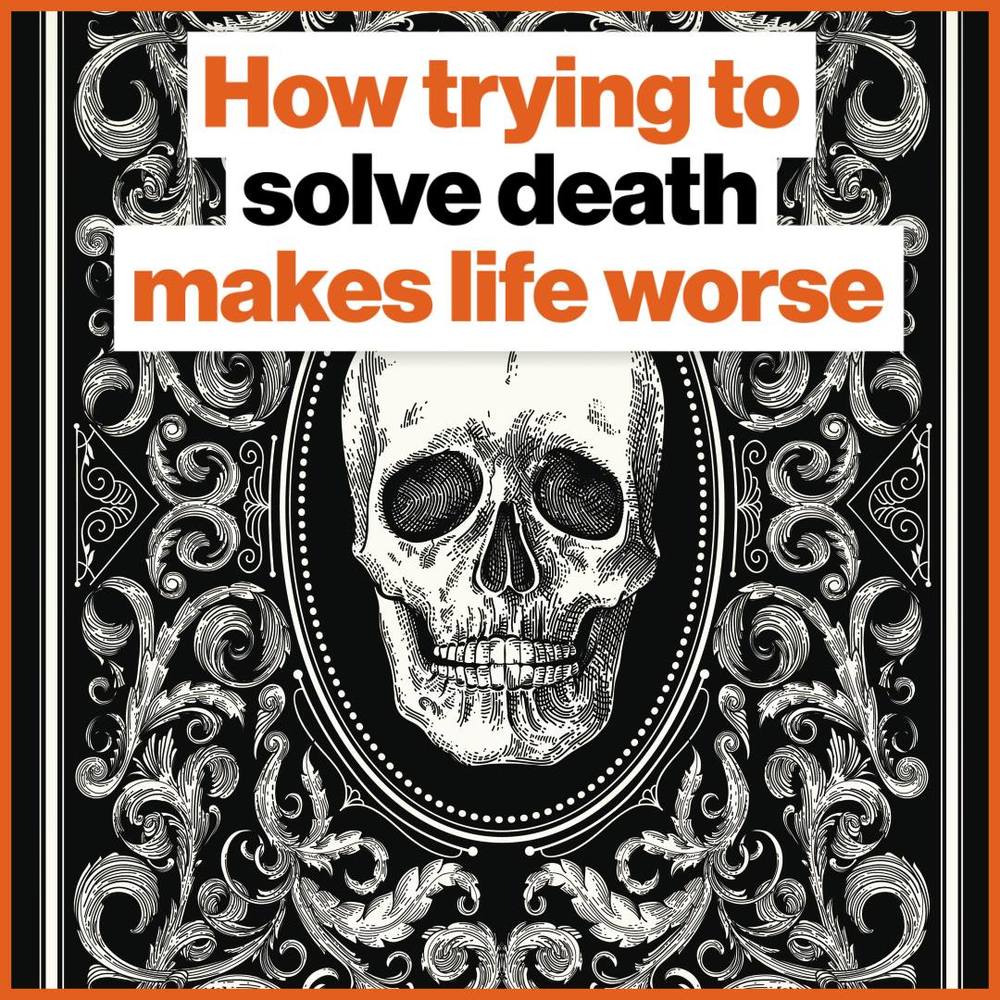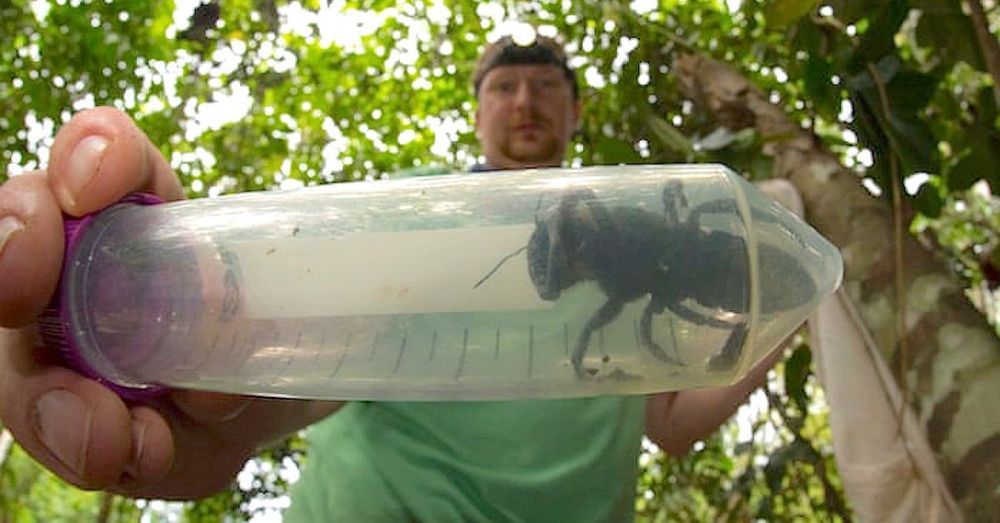The parcel carrier said Tuesday it had applied to the Federal Aviation Administration for certification of drone flights through the company’s recently formed subsidiary called UPS Flight Forward Inc.
The certification if approved, would allow drone flights beyond an operator’s visual line of sight, at night and without limit to the number of drones or operators in command, the company said. Such flights are highly restricted in the U.S.
The FAA is working out the regulatory framework to govern commercial uses of unmanned aircraft, which has been generally restricted to flights below 400 feet and within sight of an operator on the ground.


